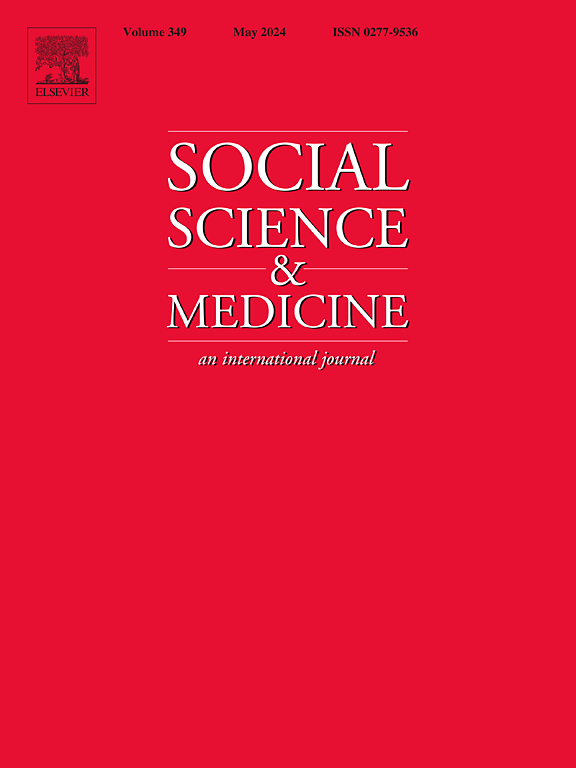Tensions of time at the end (of life)
IF 4.9
2区 医学
Q1 PUBLIC, ENVIRONMENTAL & OCCUPATIONAL HEALTH
引用次数: 0
Abstract
Perhaps the most valuable asset in our cultural imaginary is time. Yet, this notion of time-as-asset intensifies, is contested, and is often derailed at the end of life. When faced with death, time can become many things, including both personal and interpersonal asset and liability. Bringing the concept of time and dying into focus, this paper draws on qualitative interviews with 15 people nearing death in an Australian specialist palliative care unit. We examine the normative expectations of time and its unravellings in their lived experiences, findings which are critical given time near death has not been extensively studied. We consider five key themes, ‘agency and physical decline across time’, ‘negotiating the time of death’, ‘the relational affordances of waiting’, ‘resisting prognostic time’, and ‘the cost of waiting’, all relations to and in time, that were variously woven through people's accounts of the end of life. These themes highlight connections between time and agency, juxtapositions of swiftness and sometimes interminable slowness, and how busyness and paralysis play crucial roles in the practices of dying. Sitting in stark contrast to the rather typical representation of time as a ‘good’ to be protected or used ‘well’, especially close to death, more nuanced accounts of dying-in-time emerge, highlighting tensions, troubles, and vitalities as we all collectively confront the end (of life/time).
求助全文
约1分钟内获得全文
求助全文
来源期刊

Social Science & Medicine
PUBLIC, ENVIRONMENTAL & OCCUPATIONAL HEALTH-
CiteScore
9.10
自引率
5.60%
发文量
762
审稿时长
38 days
期刊介绍:
Social Science & Medicine provides an international and interdisciplinary forum for the dissemination of social science research on health. We publish original research articles (both empirical and theoretical), reviews, position papers and commentaries on health issues, to inform current research, policy and practice in all areas of common interest to social scientists, health practitioners, and policy makers. The journal publishes material relevant to any aspect of health from a wide range of social science disciplines (anthropology, economics, epidemiology, geography, policy, psychology, and sociology), and material relevant to the social sciences from any of the professions concerned with physical and mental health, health care, clinical practice, and health policy and organization. We encourage material which is of general interest to an international readership.
 求助内容:
求助内容: 应助结果提醒方式:
应助结果提醒方式:


